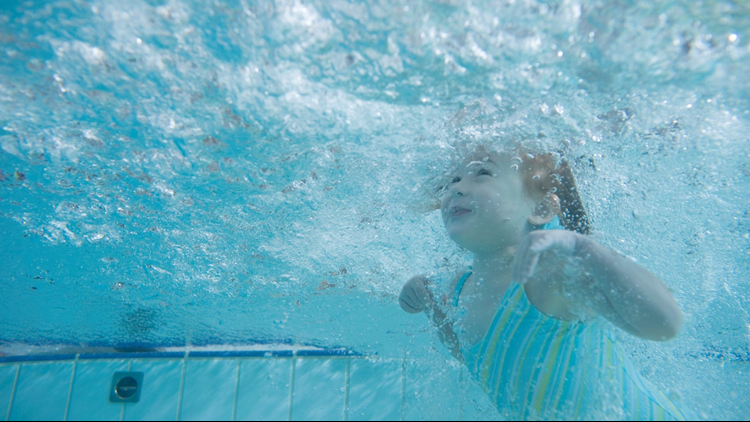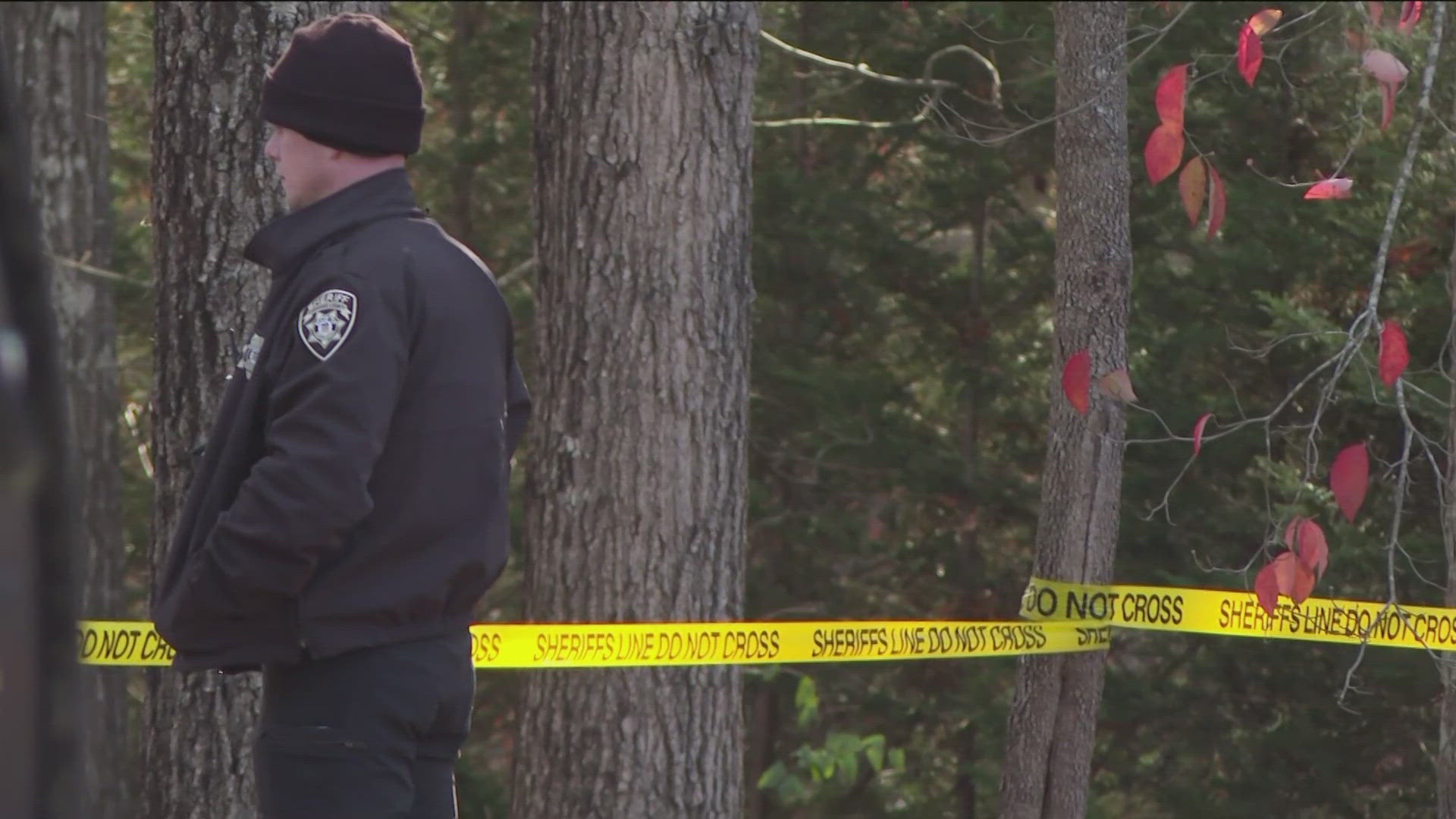As more kids head to the pool in the summer, parents should be aware that children don't need to be in water to die of drowning.
Dry drowning, also called secondary drowning, can occur hours after a child has experienced a near-drowning incident. If untreated, it can lead to brain injury, respiratory problems or death.
Even if a child ingests only a "few gasps" of water in a pool incident, he or she could be at risk of experiencing dry drowning later, said Purva Grover, medical director of Cleveland Clinic Children's pediatric emergency departments.
"You might not witness your child inhale any pool water, but it's important to watch out for signs soon after an event that could cause dry drowning," Purva told USA TODAY Network.
Dry drowning occurs after a child inhales water through the mouth or nostrils and that water gets into the lungs. The lungs spasm, making breathing difficult, and the lungs can become irritated from the water and fill with fluid, according to Purva.
Children can start showing symptoms of dry drowning 24 to 48 hours after inhaling water. Purva says symptoms can include coughing, vomiting, fever, struggling for breath and mood swings.
"It's very unusual for the child to have absolutely no symptoms, but they may go to bed and in the middle of the night have trouble breathing," Purva said. "It takes a couple of hours, for the fluid to emerge in the lungs."
A parent who notices symptoms should take the child to an emergency room for observation. A doctor may decide to drain the lungs. She said that while dry drowning incidents are rare, it's best for parents to be overcautious.
"My best advice is when a child has a near-drowning event in the water, the first thing is to get a professional opinion," she said.
Of course, the key to avoiding a dry drowning incident is to prevent a near-drowning experience from happening. Parents often think that splashing or calls for help will alert them if a child is in trouble, but that isn't the case, said Kate Carr, President and CEO of Safe Kids Worldwide, an organization that promotes safety for children.
"When a kid goes under it's silent," Carr said. "You may expect that splashing and calls for help will catch your attention, but drowning is very silent."
She advised that adults at a pool designate a "water watcher" to keep a constant eye on the kids. Safe Kids offers water watcher cards on its website; they can be used to designate who has this duty and passed among adults. That person should be free of distractions like devices and books and should focus solely on watching the children in the pool.



